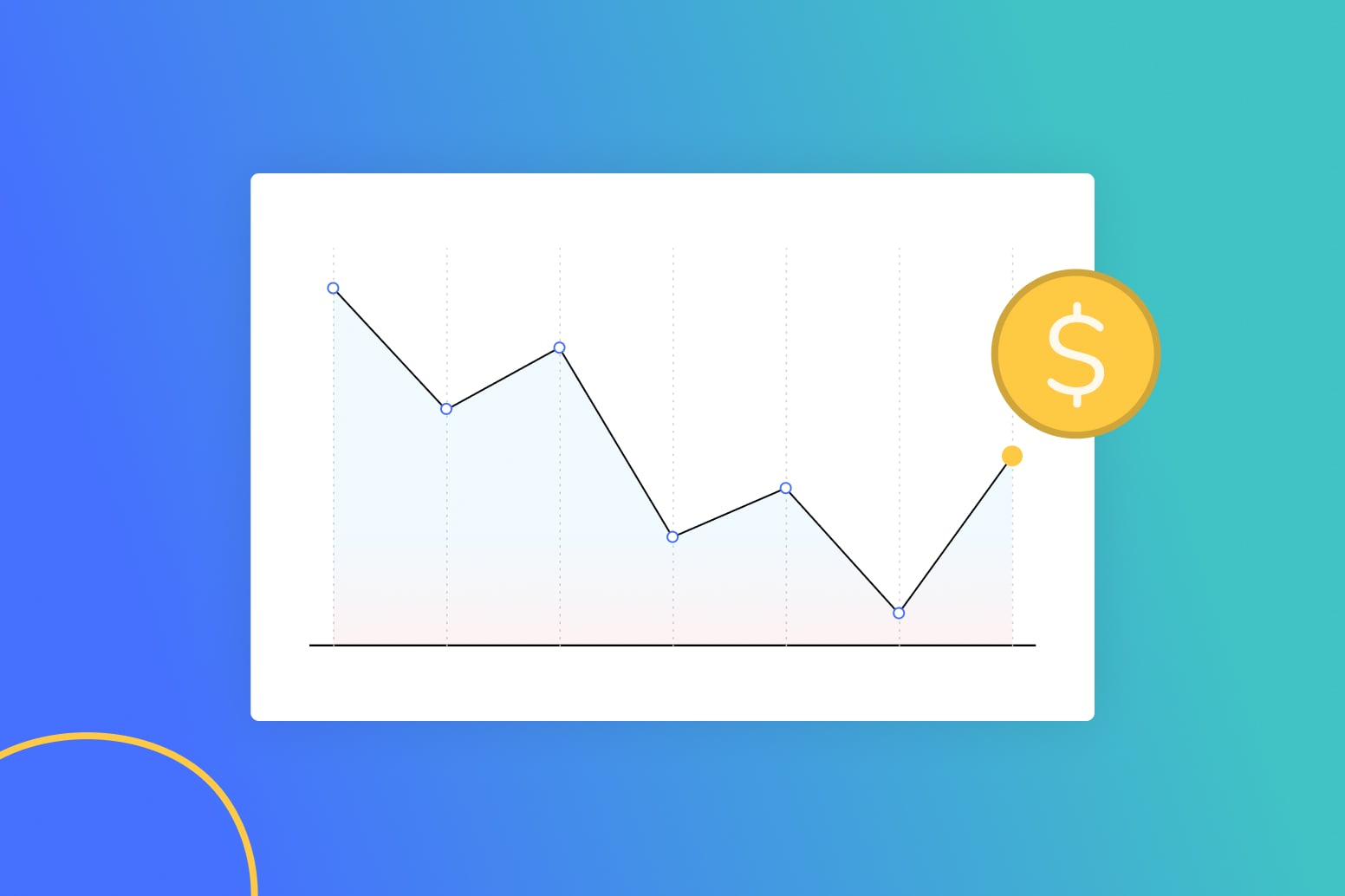
Now is the time for hospitals to shore up cash flow
Among the uncertainties facing the healthcare industry in 2023, one challenge is already rising to the top of the priority list: cash flow. Half of U.S. hospitals ended last year with a negative operating margin, with rural hospitals expected to increase closures without the continuation of COVID relief aid. Given this pattern and the soaring costs of labor, supplies and services, it’s not enough to take a wait-and-see approach to your health system’s financial foundation.
Already, many healthcare organizations have begun implementing aggressive cost-cutting measures. While they wish to continue providing the quality care their communities need, they realize they must remain operationally viable to do so. Popular strategies to cut costs include using automated, scalable staffing solutions and relying more on telehealth and digital access to connect patients to clinicians. However, when these measures don’t go far enough, some health systems cut services entirely or even close facilities to keep the larger care network in business.
Rethink how to approach patient debt
Among this upheaval, though, one key area is potentially overlooked: the way health systems handle the debt their patients accrue. We only have to look back to the 2008 recession to see what happens when patients, already squeezed at the grocery store checkout line and the gas pump, face a choice between paying their mortgages or their medical bills. Rarely do the medical bills come out on top.
Similar economic conditions now lurk in the post-pandemic age, while the cost of outsourcing patient bill collections has risen. Consumer debt also stands at a breaking point. A TransUnion estimate showed that credit card balances reached a new record at the end of 2022: $930.6 billion, an increase of 18.5% over the previous year. This startling jump would be a cause for concern even without the Fed’s multiple rate increases, which have left average credit card APRs around the 20% mark.
Given this environment, could it make sense for healthcare to now approach account collections differently? With new technology and patient tools available, health systems could be on track to ramp up collection efforts while also scaling back payment infrastructure. These solutions meet today’s patients right where they are—impending economic woes and all—and require little to no extra effort or upfront cost for health systems.
Reduce bad debt without adding more resources
With consumer debt accumulation unlikely to slow and defaults potentially on the horizon, a greater share of hospital patients will see their accounts sent to collections. Such actions are hardly guaranteed to stop health systems’ financial losses, however. In reality, money gets spent on an outdated, expensive approach that doesn’t garner results.
Rather than push accounts down this path, health systems should consider acting earlier and offering more favorable payment terms. Unlike more expensive and burdensome debts (such as those caused by high-rate credit cards) PayZen’s fintech solutions don’t impose interest or fees on patients, giving them a better opportunity to make on-time payments and efficiently pay down what they owe.
Health systems immediately benefit from the platform’s AI-powered risk assessment and modeling, without the need to complete complicated onboarding, hire additional accounting staff or create expensive new workflows. Customers don’t have to spend more to batch and send out collection letters, deal with payment negotiations or sell accounts to collection companies, either. PayZen replaces these functions with app-based payment tools, user education and multiple, engaging interactions to keep patients paying while your teams focus on other tasks.
Why personalization works for today’s patients
If one theme emerges from today’s consumers, it’s the desire to feel empowered. When it comes to health, they want to choose where and how they get their care, whether it’s from a specialist recommended on Yelp or through an app-based telehealth provider. This power of choice and need for options extends to other realms as well, such as how they approach bills.
PayZen’s AI-powered platform embraces this shift. It offers individualized payment plans that more accurately reflect each patient’s current financial means and willingness to pay.
This approach is strikingly different from the high-interest, rigid payment plans patients have traditionally encountered. Given the option of flexible and affordable financing, they’re not only more likely to engage in repayment, but they’re also more likely to feel well taken care of by the provider.
Consumers today are skeptical of corporations, banks and even large health systems. Offering non-predatory ways to pay their bills can fuel their empowerment and can strengthen the provider-patient relationship in meaningful ways.
Healthcare is not “recession-proof”
One of the most harmful misconceptions about the healthcare industry is that, because it’s necessary to keep communities alive and thriving, it can somehow weather all storms, even with economic uncertainty, rising costs and staffing challenges. While the healthcare industry has been called “recession-proof,” the increase in health-plan premiums, deductibles and co-pays says otherwise, as the cost of healthcare continues to increase in ways that are being passed along to customers and may make it harder for them to keep current on accounts. Patients will certainly feel the pain in 2023.
Health systems shouldn’t remain passive observers of these trends. Instead of waiting for things to turn around or spending more resources in areas that aren’t as likely to accelerate cash flow immediately, now is the time to really examine the flow of cash and how long it takes to receive it. To move forward, that cycle must be shortened, through cash-acceleration techniques that increase both patient satisfaction and the portion of each account dollar collected. Health systems can’t afford to wait any longer to take these steps.

